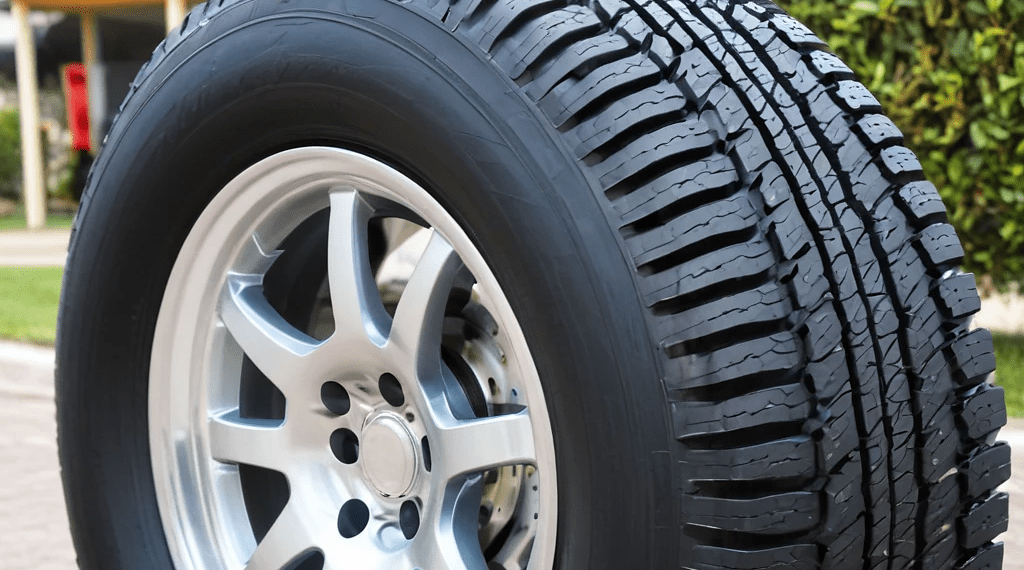In a significant stride toward sustainable pharmaceutical innovation, researchers from Panjab University have developed a pioneering green nanomicelle platform that promises to revolutionize drug delivery systems. The invention, which is both solvent-free and environmentally friendly, has led the university to file patent applications in India and internationally, highlighting the platform’s global potential and scientific merit.
The innovation is the result of dedicated research led by Professor Indu Pal Kaur from the University Institute of Pharmaceutical Sciences, along with her PhD scholars Bakr Ahmed and Simrandeep Kaur. Together, the team has designed a scalable nanomicelle-based system that addresses critical challenges in the pharmaceutical industry, including eco-sustainability, biocompatibility, and cost-effectiveness.
Nanomicelles are tiny, spherical structures formed by the self-assembly of amphiphilic molecules, widely used for enhancing the solubility and targeted delivery of poorly water-soluble drugs. However, traditional methods of creating these nanocarriers often rely on toxic organic solvents and energy-intensive processes, raising concerns about environmental impact and safety.
What sets this new platform apart is its green synthesis approach — completely free from harmful solvents, making it safer for both patients and the environment. The process is not only non-toxic but also easily reproducible on a large scale, offering significant potential for industrial adoption.
“The development of this green nanomicelle platform stems from our commitment to merging scientific excellence with environmental responsibility,” said Prof. Indu Pal Kaur. “Our system is highly adaptable, stable, and can encapsulate a wide range of drug molecules, especially those that are poorly soluble in water, improving their bioavailability and therapeutic efficiency.”
Preliminary studies have demonstrated the nanomicelles’ stability, high encapsulation efficiency, and sustained drug release capabilities. These features make the platform suitable for various medical applications, particularly in oncology, infectious diseases, and chronic illness management, where precision and prolonged drug action are critical.
Recognizing the global relevance of the technology, Panjab University has moved swiftly to protect the intellectual property by filing for both Indian and Patent Cooperation Treaty (PCT) international patents. This strategic move ensures the platform’s commercial potential can be leveraged not only in India but across global markets.
“The green nanomicelle platform reflects the university’s vision of fostering innovation that aligns with sustainable development goals,” said a spokesperson from Panjab University’s Innovation and Entrepreneurship Development Centre. “It’s a proud moment that exemplifies how cutting-edge research can contribute to both healthcare advancement and ecological balance.”
The university is now exploring partnerships with pharmaceutical companies for technology transfer, aiming to bring this innovation from the lab to the marketplace. The research team is also working on further pre-clinical validation and is hopeful about future collaborations for clinical translation.
As the global pharmaceutical sector increasingly shifts focus toward green technologies, Panjab University’s contribution through this solvent-free nanocarrier platform is both timely and transformative. It sets a new benchmark in combining scientific ingenuity with sustainable practices, reinforcing India’s role as a leader in eco-conscious health innovation.

